
Flutter app architecture 101: Vanilla, Scoped Model, BLoC

(originally published on Medium)
Flutter provides a modern react-style framework, rich widget collection and tooling, but there’s nothing similar to Android’s guide to app architecture.
Indeed, there’s no ultimate architecture that would meet all the possible requirements, yet let’s face the fact that most of the mobile apps we are working on have at least some of the following functionality:
- Request/upload data from/to the network.
- Map, transform, prepare data and present it to the user.
- Put/get data to/from the database.
Taking this into account I have created a sample app that is solving exactly the same problem using three different approaches to the architecture.
Chemistry lesson: how to expose a microchip's crystal for photography
Introduction
If you have dabbled into microchip photographing before, then this article will probably not offer much to you. But if you want to get into it, but don’t know where to start, then it’s exactly for you.
Before we start, a fair warning: while the procedure is quite entertaining, at first it’ll probably be physically painful. The chemicals used during the process are toxic, so please handle them carefully – that way it’ll still hurt, but less so. Also, if you have even a slight amount of common sense, conduct the procedure in a fully-equipped chemical laboratory under supervision of trained professionals: we’ve had to deal with people who tried to do it at home immediately after reading the guide. And finally: if you don’t know whether you need to pour acid into water or water into acid without a Google search and don’t realize what this lack of knowledge will entail – stop reading this immediately and go to a chemistry 101 course in a local college or something.

Teaching kids to program
Hi. My name is Michael Kapelko. I've been developing software professionally for more than 10 years. Recent years were dedicated to iOS. I develop games and game development tools in my spare time.
Overview
Today I want to share my experience of teaching kids to program. I'm going to discuss the following topics:
- organization of the learning process
- learning plan
- memory game
- development tools
- lessons
- results and plans
Vue, Storybook, TypeScript—starting a new project with the best practices in mind
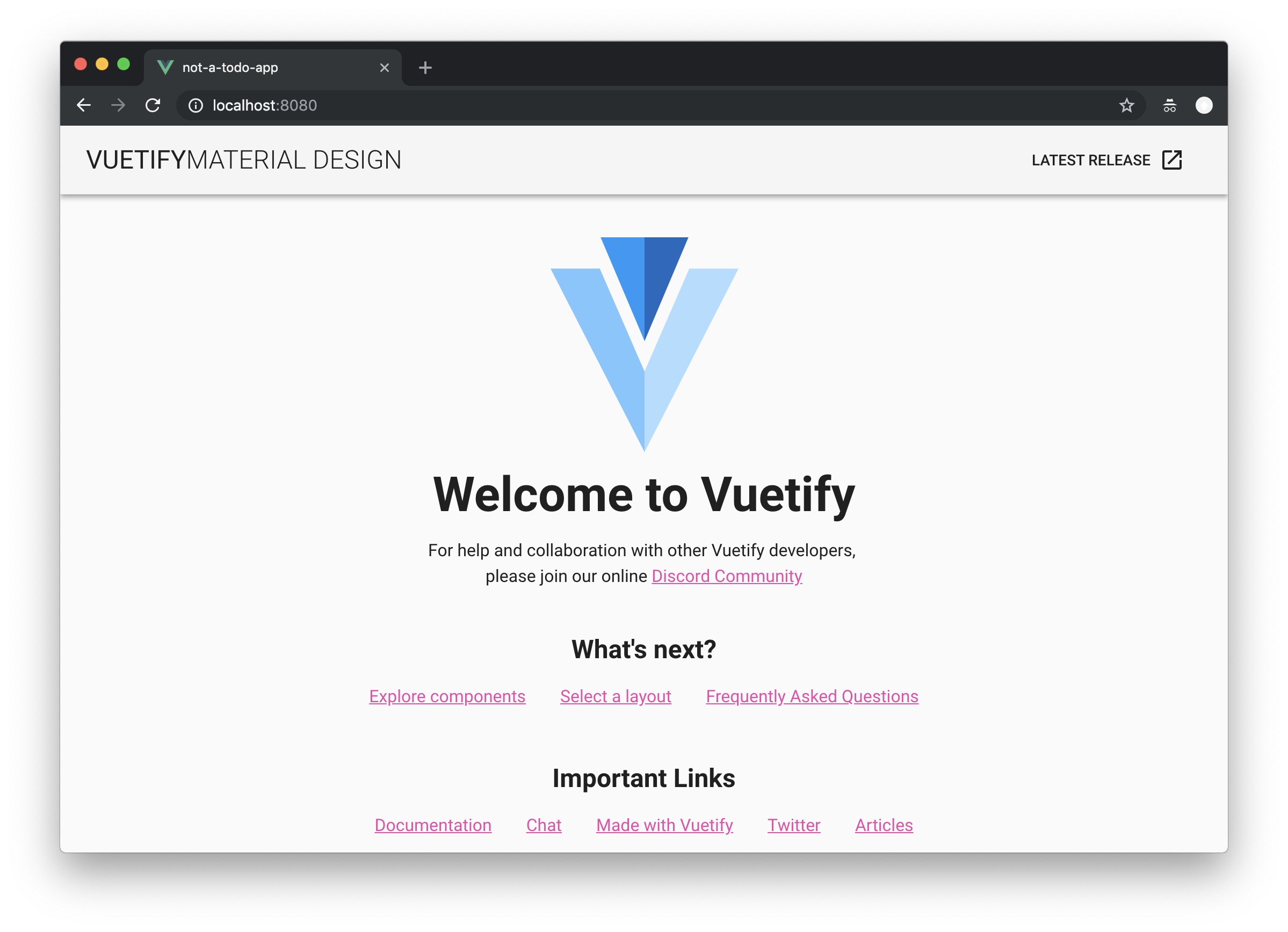
(originally published on Medium)
I like writing React code. This might be an odd introduction to a story about Vue, but you need to understand my background to understand why I’m here discussing Vue.
I like writing React code and I hate reading it. JSX is a neat idea for assembling the pieces together fast, Material-UI is amazing solution for bootstrapping your next startup’s UI, computing CSS from JS constants allows you to be very flexible. Yet reading your old JSXs feels awful – even with scrupulous code review practices you might scratch your head not once as you try to figure the intricate nesting of the components.
I’ve heard many things about Vue—the not so new kid on the block—and I finally decided to get my feet wet; bringing in all my mental luggage of React and Polymer (and Angular, but let’s not talk about that).
Checklist: what had to be done before deploying microservices to production
 This article contains a brief squeeze from my own experience and that of my colleagues, with whom I had been fighting incidents day and night. And many incidents would never have occurred if all these microservices that we love so much were written at least a little more carefully.
This article contains a brief squeeze from my own experience and that of my colleagues, with whom I had been fighting incidents day and night. And many incidents would never have occurred if all these microservices that we love so much were written at least a little more carefully.
Unfortunately, some programmers seriously believe that a Dockerfile with any team at all inside is a microservice in itself and can be deployed even now. Dockers are running — money are incoming. This approach turns into problems starting from performance degradation, inability to debug, service failures and ending in a nightmare called Data Inconsistency.
If you feel that the time has come to launch one more app in Kubernetes / ECS / whatever, then I have something to object to.
Xcode 10.2, macOS Mojave 10.14.4, iOS 12.1 and other betas

New betas are here and these are some of the most important things that I have learned about them.
Swift 5 for Xcode 10.2 beta
Swift
Firstly, the latest Xcode beta is bundled with the following Swift version:
Apple Swift version 5.0 (swiftlang-1001.0.45.7 clang-1001.0.37.7)
Target: x86_64-apple-darwin18.2.0
ABI version: 0.6Let’s start with the most exciting news:
Swift apps no longer include dynamically linked libraries for the Swift standard library and Swift SDK overlays in build variants for devices running iOS 12.2, watchOS 5.2, and tvOS 12.2. As a result, Swift apps can be smaller when deployed for testing using TestFlight, or when thinning an app archive for local development distribution.Application Binary Interface stability is coming! And this is excellent news. I think this is the one of the most significant issues at the moment with Swift. Not because of side-effects but because of Swift’s failure to deliver on previous promises. Anyway, I even know people who rewrite their Apple Watch extensions to Objective C to reduce the size of binary (something like 15MB vs ~1MB in Objective C). If you want to know more about the state of ABI, follow the links: Swift — ABI Dashboard and Swift ABI Stability Manifesto.
Why pentesting is important to your Business?

In today’s world, it is almost impossible to imagine a business without some type of connection to the Internet — a website, email, employee training, CRM (Customer-relationship management), CMS (Content management system), etc. It simplifies and speeds up the ordering process, search for new clients, records search and keeping, and such.
Do more with patterns in C# 8.0

Visual Studio 2019 Preview 2 is out! And with it, a couple more C# 8.0 features are ready for you to try. It’s mostly about pattern matching, though I’ll touch on a few other news and changes at the end.
“I can tell you about the pain every iOS developer has in the ass” — 10 questions to a developer, episode 2

Seems like everyone enjoyed the pilot episode, and we’re still sure that people “behind the scenes” can be as exciting as IT celebrities we all know and love. And maybe even more, because they talk about real problems and real solutions. This week we asked 10 questions to a person behind the development of Yandex.Maps for iOS.
Time management in real life
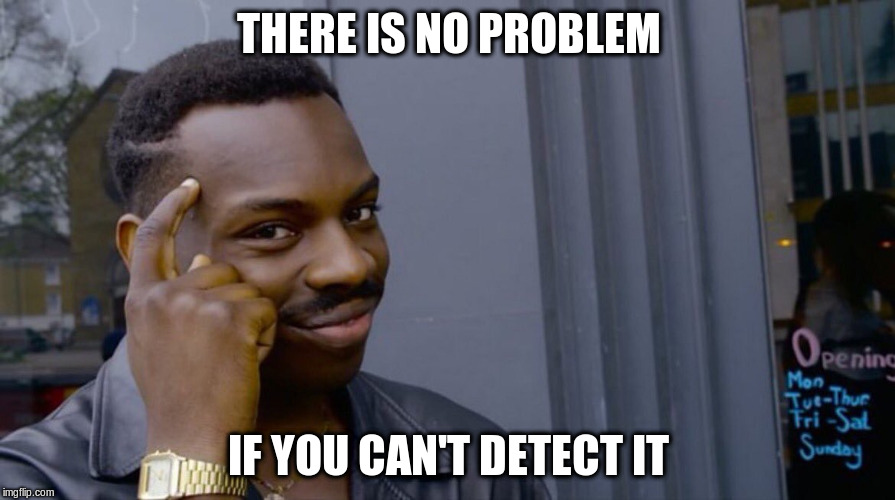
Have you ever noticed that you were busy all day, however, you've done nothing or at X-mas evening you experience an epiphany that nothing was done during the year? If your answer is "yes", you should improve your time management skills. According to Wikipedia, time management is the process of planning and exercising conscious control of time spent on specific activities, especially to increase effectiveness, efficiency and productivity. Nevertheless, how can we deal with it?
A small notebook for a system administrator
I already have a ThinkPad x200, but it’s heavier than I would like. And among the lightweight notebooks, I did not find anything suitable. All of them imitate the MacBook Air: thin, shiny, glamorous, and they all critically lack ports. Such notebook is suitable for posting photos on Instagram, but not for work. At least not for mine.
After not finding anything suitable, I thought about how a notebook would turn out if it were developed not with design, but the needs of real users in mind. System administrators, for example. Or people serving telecommunications equipment in hard-to-reach places — on roofs, masts, in the woods, literally in the middle of nowhere.
The results of my thoughts are presented in this article.
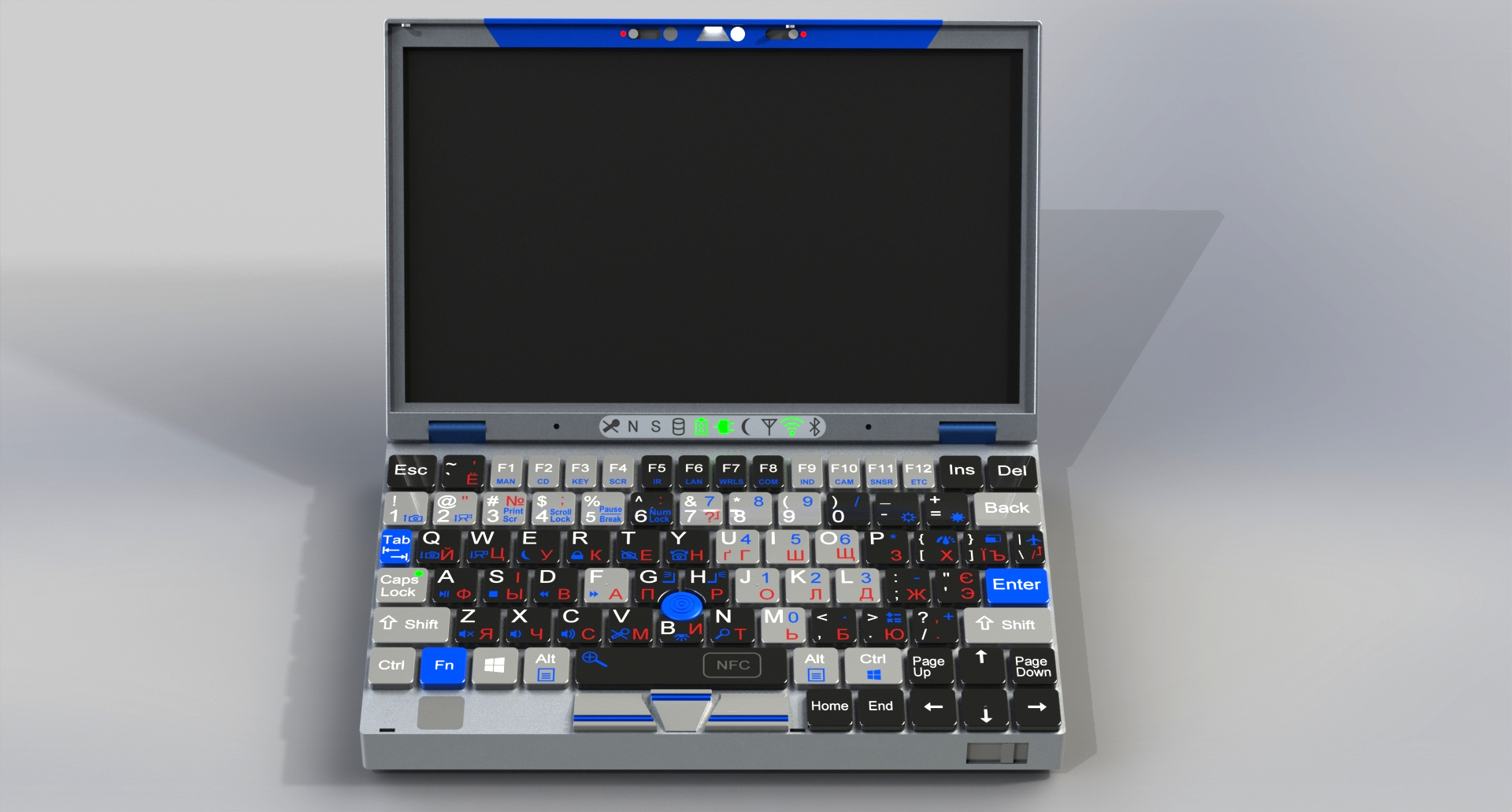
PVS-Studio ROI

Occasionally, we're asked a question, what monetary value the company will receive from using PVS-Studio. We decided to draw up a response in the form of an article and provide tables, which will show how the analyzer can be useful. We cannot prove absolute accuracy of all calculations in the article, but we suppose the reader will agree with our thoughts, and it will help to make a decision in the matter of getting the license.
How to learn English
One one hand I don't want to be the final authority, but on the other hand, I'd like to share my point of view on how to learn English. The English language is not secret knowledge; it is just a lot of hard training. One of the most important bullets is constantly improving English. You should do it from day to day if you want to approach result. It must not loathe torture for you, It means that you should find out something interesting in that process.
The authoritative guide to Blockchain Sharding
Hi, I'm one of the developers of the sharded blockchain Near Protocol, and in this article want to talk about what blockchain sharding is, how it is implemented, and what problems exist in blockchain sharding designs.
It is well-known that Ethereum, the most used general purpose blockchain at the time of this writing, can only process less than 20 transactions per second on the main chain. This limitation, coupled with the popularity of the network, leads to high gas prices (the cost of executing a transaction on the network) and long confirmation times; despite the fact that at the time of this writing a new block is produced approximately every 10–20 seconds the average time it actually takes for a transaction to be added to the blockchain is 1.2 minutes, according to ETH Gas Station. Low throughput, high prices, and high latency all make Ethereum not suitable to run services that need to scale with adoption.
ASML takes over Mapper Lithography after the bankruptcy
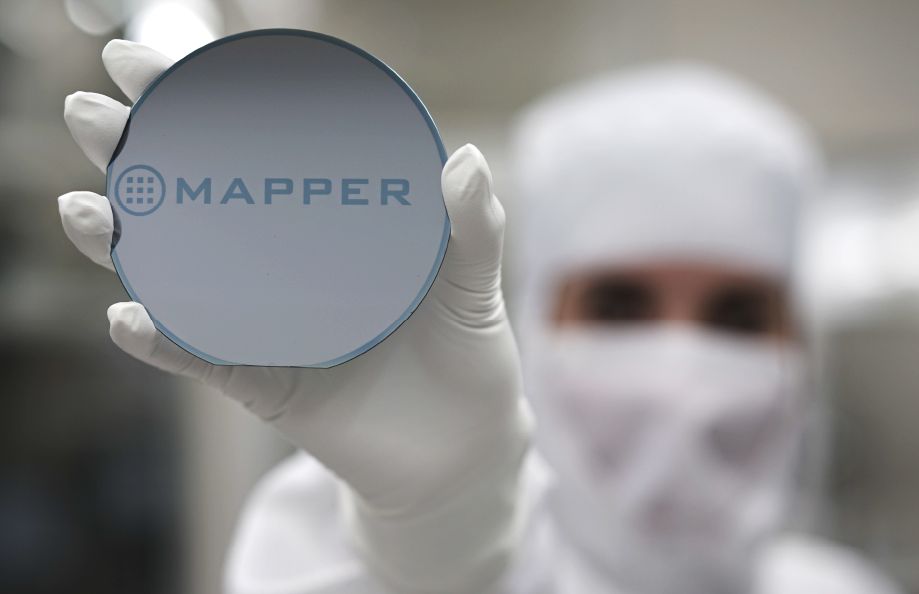
ASML, a Dutch company, the largest supplier of photolithography systems for semiconductor industry, takes over another Dutch company Mapper Lithography.
Monitoring System for Windows servers on pure SQL, and how I had secretly dragged it into the Production
One of my new tasks was to support NetIQ. The person, who worked with NetIQ before, said a lot about his experience with NetIQ, unfortunately, if I try to put it here it would be just a long line of ‘****’ characters. Soon I realized why. Steve Jobs is probably spinning in his grave looking at the interface like this:
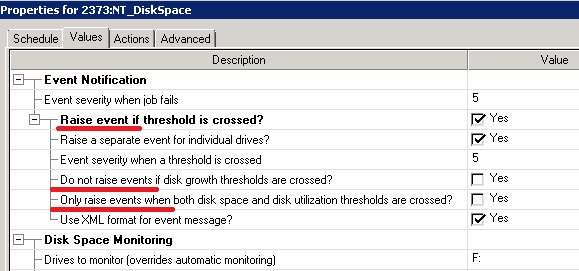
Lua in Moscow 2019 conference

On the first Sunday of March, Mail.ru Group’s Moscow office will be hosting the third international Lua conference, Lua in Moscow 2019. The program features talks by Roberto Ierusalimschy and the leading experts in Lua and LuaJIT from Russia and other countries.
Lua is a unique programming language used not only in computer games, but also as an embedded language in such web-programming products as Redis, nginx, Tarantool, OpenResty. Lua is also used for big data analysis and scientific calculations. You can find Lua in many routers, printers and other devices.
You are welcome to join, even if you haven’t been writing in Lua so far. We bet the conference will give you unexpected insights!
The ever-lasting strife of static vs dynamic typing – TypeScript won’t help
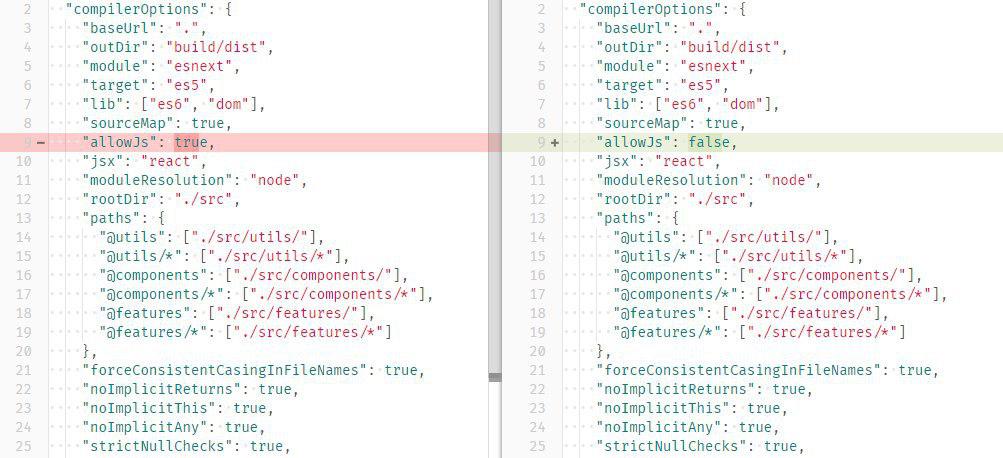
When my friend and I were of school age and aspiring to become software developers, we daydreamed of designing some cool stuff together – like a game or a mega-useful app.
I chose to learn C++ and C#, he picked JavaScript. We finished school, graduated from our universities, served in the army and started our jobs. We had a pretty busy time in industrial software engineering, with lots of different jobs and positions, and after it all started to wear on us, we recalled where it all had begun.
Having finally got together as mature developers, we decided to work on our own project – a 2D video game. Since my friend’s domain was front-end and I was a full-stack developer, our immediate choice of development platform was an Internet browser. As I was only used to working with TypeScript when designing front-end, we thought, ok, no problem, after all, TS is just JavaScript at scale. Let’s use it and things will go smoothly. If I only knew how wrong I was! When we started discussing the project, we ran into an extensive chasm of misunderstanding between us.
SAPUI5 for dummies part 4: A complete step-by-step exercise

Introduction & Recap
In the previous blog post, we learned how to move our current application into a Master-Detail app displaying Business Partner as a list (master) and its detail information with Sale Orders inside the detail page (detail).
What will be covered on this exercise
With Part 4 of this series of blog posts, we will learn how to create a second drill-down page with information about the Sale Order detail and display a table of Sale Order items.
The most important part of this exercise is to understand how to Delete (part of the CRUD operations) a Sale Order Item of a Sale Order.
- ODataModel: we have already used it to display server-side information about our Business Partner, Order Sale. Now we’re going to use it to display Sale Order Item and delete them from the set. For this purpose, we’re going to use the remove method
This is our main task in this exercise but it’s not the only thing we’ve done in the code. Here’s a list of the things you have to do to get to the final result:
- Add a new route and target in the manifest.json to navigate to the BusinessPartnerSeleOrderItem page
- Listen on the Sale Order click event and navigate to the SaleOrder detail (where we will display sale order detail and sale order items)
- Add a FilterBar to filter the Sale Order Item’s table
- Add a ViewSettingsDialog to sort/group Sale Order Items
- Expand the ToProduct navigation property of a SaleOrderItem entity to display Product information into table’s rows